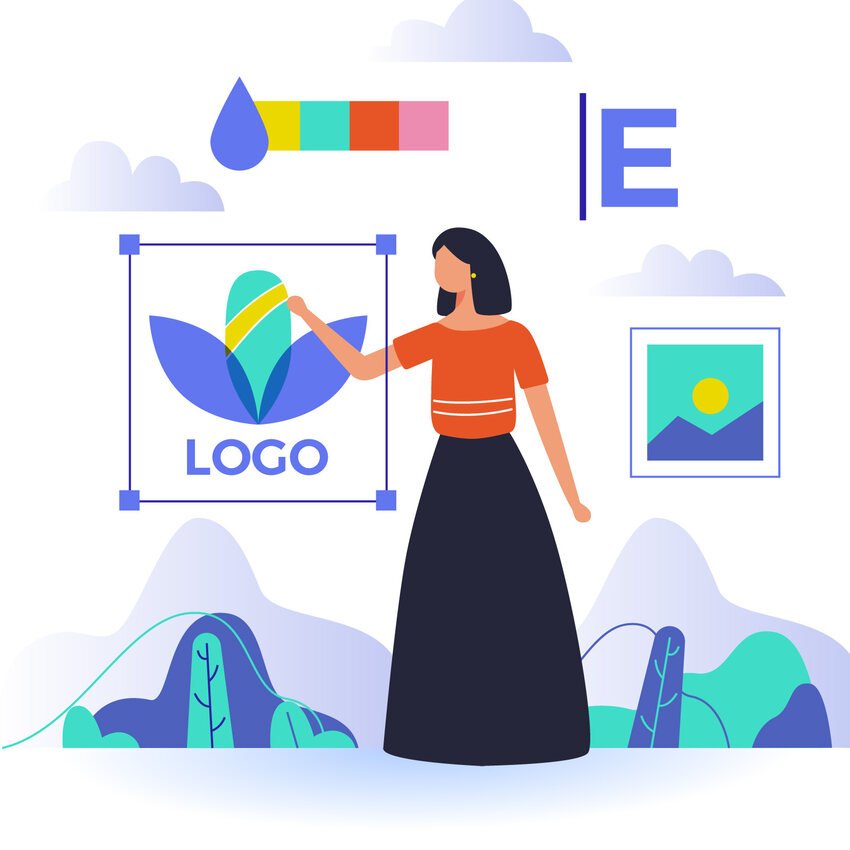Some ingenious ideas are so inspirational and practically useful that they cause a chain reaction. The pioneering concept of responsive web design was launched in 2010 and has been implemented successfully by many developers ever since. A few years later, Addy Osmani started working on a software solution that could blend with responsive web design and improve the process of faster quality image delivery. That’s how he created an image CDN.
In this article, we will study what the image CDN is about and determine its importance. In addition to that, we will include a few tips on choosing a handy CDN solution and CDN image hosting to experience all the benefits in practice.
The Main Advantages of Using CDN for Images
If you’re interested in figuring out how to speed up a website, one of the main things to take into account is image optimization.
If a CDN is responsible for fast content delivery in general, an image CDN comes with additional advantages. It allows for optimization and transformation of visual content. Image CDNs facilitate specifying a particular picture to load and make the URL indicate its size, format, and quality.
There’s the main difference between an image CDN and a build-in script for image optimization. Image CDN creates new versions of pictures when it’s needed and eventually, it does a much better job in storing heavy images and maintaining their quality. In addition to that, it helps reduce image file size by up to 40-80%.
Now, let’s explore how the entire process works. The structure includes three elements: delivery, processing servers, and storage. If these parts are combined, they make up an image CDN.
Delivery
A CDN is responsible for this part of the process. Delivery includes the amount of time it takes for a picture to get to the customer’s device along with the way of how it actually does it.
The location of the server plays an important role in the website’s page speed. The closer the server is to your users’ location, the faster it takes for them to load the page. If the majority of your servers are located in America, but most of the website visitors are from Europe, it will take forever for them to load the page. That’s why almost any image CDN suggests several best CDN providers along with its other services.
Processing servers
The processing servers are responsible for storing heavy images. Besides, they have extra features that include resizing the pictures, cropping, watermarking, and supplementing them with visual effects.
So, with the help of this element, you can edit a picture in real-time using the query parameters.
Storage
The number-one image CDN has extra advantages, such as additional storage for website visitors to upload their own pictures and manage them. One is able to access pictures using the image CDN or process them using the CDN’s processing servers.
How to Сhoose an Image CDN
To begin with, let’s study some options that you have. It’s possible to divide image CDNs into two groups:
- Self-managed
- Third-party-managed
The main benefit of a self-managed CDN is that you can control every process and change the infrastructure as you see fit. Now, there’s only one free open-source resource that you can utilize for this purpose. It is called Thumbor. But, since it’s free, it comes with some noticeable limitations.
Using a third-party image CDN may be easier. However, keep in mind that companies provide an image CDN as a service. It means that they require a fee for image optimization and delivery services.
So, basically, the perfect option can vary depending on the specific requirements of your particular case. Some of the fundamental components to pay attention to are prices, additional features, support, handy setup, and documentation.
Conclusion
To sum it up, there are many advantages of using an image CDN: some of them are basic, others are additional. But eventually, the best thing to do while choosing your perfect option is to start with one of those that have a free trial option.
Read Dive is a leading technology blog focusing on different domains like Blockchain, AI, Chatbot, Fintech, Health Tech, Software Development and Testing. For guest blogging, please feel free to contact at readdive@gmail.com.





